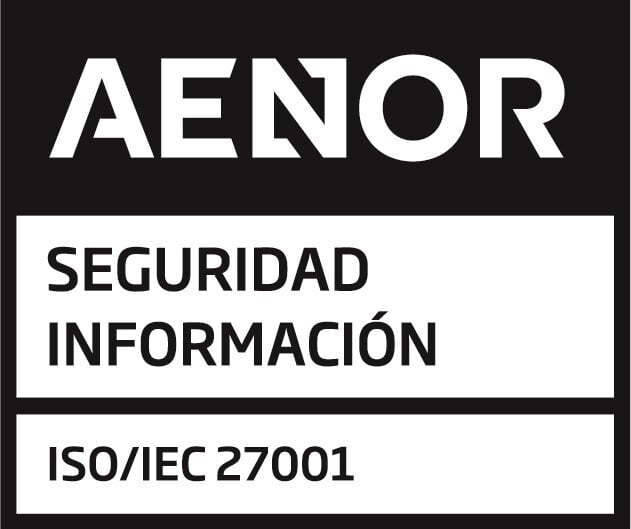The virtual data room market is growing at a fast pace, a trend that has been evident for one and a half decades. From a 2020 market value of USD 690.59 million, this market is expected to be worth USD 1607.41 million in 2026.
Virtual data rooms are now replacing physical data rooms due to their unique characteristics that fit the modern business environment. If you are wondering how exactly the two technologies compare and which option is preferable, we are about to get into the details.
But first, what is a data room?
A data room is secure storage of privileged data. Privileged data could be employee information, intellectual property, financial information, or strategic information amongst others. Apart from storage, a data room also supports file sharing and transactions.
In a company setup, a data room may also support the storage of important data on mergers & acquisitions and legal proceedings.
Conventionally, physical data rooms were very popular. They were subject to tight surveillance, with only authorized persons allowed access to the place.
Today’s businesses have shifted to online-based data rooms such as the QBI virtual data room – there are many reasons for that change.
The Physical Data Room
Physical data rooms were more popular before extensive computer access for businesses, but some still stick to these data rooms. You will also find some organizations that combine the two options – physical and virtual data rooms. One of the most defining elements of a PDR is the fact that it is in a physical location. Data is stored in a physical room in paper format. Concerning data access, a sequential and lengthy process is usually employed.
Practically, this room is full of paper documents locked in cabinets. Strict rules are established before anyone can enter the place (no photocopies, no photographs, etc.).
Unfortunately, storing sensitive and voluminous information in this manner poses serious risks, for instance, fire and theft. Another step forward was necessary and that’s how virtual data rooms came into being.
The Virtual Data Room
To go with the modern market demands, the virtual data room concept has now taken over. Instead of storing sensitive information in a physical location, the data room is online-based. With an internet connection and user permission, one can access the data room instantly.
The first idea of a virtual data room could be attributed to Sony’s CD-ROM introduction in 1984. With technological advances that would follow to improve data storage, it was not surprising when online data storage became possible in the mid-1990s.
Cloud computing has since given birth to virtual data rooms, which have undergone massive improvements to date. Speed and security have particularly improved. Artificial intelligence and machine learning have been pivotal to the security guarantee presented by today’s virtual data rooms.
M&A transactions are popular for merger & acquisitions due diligence, but their applications for secure document handling and sharing are growing. Your business can tap into the benefits of a virtual data room today.
Choose a Virtual Data Room
The time-consuming nature of physical data rooms was probably the biggest reason the VDR became so popular. Instead of having to search for documents for a long time and make copies for all parties, it is now possible to get documents instantly and conveniently in a VDR. As long as one has authorized access to the document, it is possible to view the document instantly.
The challenge of human error in a data room is no longer a concern, thanks to VDR technology. Numerous security measures and innovations ensure that only the right parties view or make any changes to the document.
Accessibility on a global scale is yet another reason an organization may want to adopt this latest technology. Being internet based, this data room allows for access from anywhere in the world. Investors don’t need to travel long distances to make crucial business decisions.
It is also worth noting that setting up and operating a VDR is much cheaper compared to a PDR. The company only requires online access and a secure system. Compare that to a physical data room whereby apart from renting physical space, the company will need to hire security for round-the-clock surveillance. When interested parties need to access the data room, costs may be incurred in form of air tickets, accommodation, and so on.
Keeping track of documents and related activities in a VDR is as easy as ABC, but the same cannot be said for a PDR. In an online-based system, you can tell who viewed a document and when. The electronic record of activities is indisputable.
Conclusion
So, there is a marked difference between the two types of data rooms, with the VDR scoring highly on cost-effectiveness, reliability, and security. It is therefore evident that using a virtual data room can offer your business a competitive advantage.
QBI’s virtual data room offers a customized solution for benefits such as the secure transfer of sensitive files and collaboration among stakeholders. If you are selling your renewable energy asset, this platform is ideal for all the collaborative work that may be necessary.
To learn more about this secure, advanced, and reliable data room technology, request a free demo or contact us.
